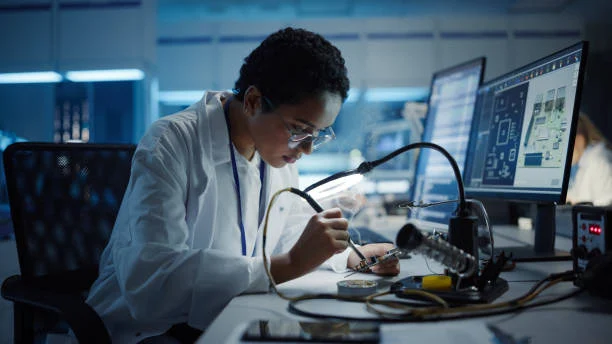Quality Control Goods inspection
At the heart of Source One lies an unwavering commitment to quality control. From comprehensive factory field audits to meticulous oversight throughout production and shipment, our standards are uncompromising.

Tailored Inspection Criteria As Per Your Demand
We understand our customer’s product requirements and Source One follows strict guidelines to source products accordingly. To that end, one of the key functions in our process flow is to make certain the products shipped and received by our customers meet their quality requirements. All shipments must pass a final quality assurance check conducted by our inspectors prior to being released for shipment. The inspection guidelines include general inspection criteria, specific inspection criteria and more. At Source One we help our customers tailor the inspection criteria per their particular requirements.
Factory Field Audit
Source One’s model stands out with factory field audits, confirming supplier capabilities. Our quality managers assist customers in assessing if suppliers/manufacturers meet required standards for delivering top-tier products and services. Adhering to Source One’s stringent guidelines and control plans, the audit ensures effective on-site verification. The assessment covers a comprehensive checklist, including factory documents, certifications, regulations, material control plans, inspection procedures, production processes, quality systems, and R&D capabilities. Detailed photo documentation is compiled into assessment summary reports, aiding customers in their supplier selection process.

Specifications / Sample Testing / Approved Samples
Source One conducts thorough product qualification and specification reviews, employing the Production Part Approval Process (PPAP) to ensure accuracy and functionality. This is particularly crucial for new product development with new suppliers. The PPAP confirms the supplier’s comprehension of our customer’s engineering design specifications and requirements, as well as the capability of the manufacturing process to consistently meet these standards during mass production.
Trust Source One’s rigorous PPAP process for reliable quality assurance in your supply chain.
Key elements of the PPAP process include:
- Part Submission Warrant.
- Drawing verification to ensure critical characteristics match requirements.
- Engineering/process change notification and approval.
- Potential Failure Mode and Effects Analysis (PFMEA).
- Dimension testing results.
- Records of materials and performance tests.
- Laboratory qualification documents.
- Appearance approval.
- Checking aids.
- Sample evaluation reporting before customer approval and sign-off on actual production parts.

Inspection Services - In-Line And/ Or Final Quality
Source One conducts a final quality inspection for every shipment once 100% of the order quantity is produced and packed. For new products, in-line inspections can be arranged during production. We adhere to the Acceptable Quality Level (AQL) defined by our customers, conducting random sampling tests to determine satisfactory defect levels. In cases where the customer hasn’t specified an AQL in the purchase order, we provide recommendations for approval. Count on Source One for comprehensive quality control throughout your supply chain.
Classification Of Defects And Categorization Based On Severity
Source One inspectors are highly trained and possess deep technical knowledge of the products. Defects are categorized into four groups: Critical, Major, Minor, and Trivial. The inspection report meticulously outlines defects related to appearance, workmanship, packaging, product specifications, dimensions, functionality, and more. Clear breakdowns of defect classifications and recommendations empower customers to decide the acceptable levels of each defect type in their finished goods.
Inspection Criteria and AQL
A defect classification checklist is developed to oversee general quality control points and criteria. SourceOne adheres to AQL Level II standards, with sample quantities drawn randomly from completed production according to the internally accepted standard table II-A of MIL-STD-105D. This ensures a predetermined number of acceptable defects: 0 for Critical Defects, 1.5 for Major Defects, and 4.0 for Minor Defects. For products requiring destructive inspections or with complex procedures, the special inspection Level S-3 is typically employed.
